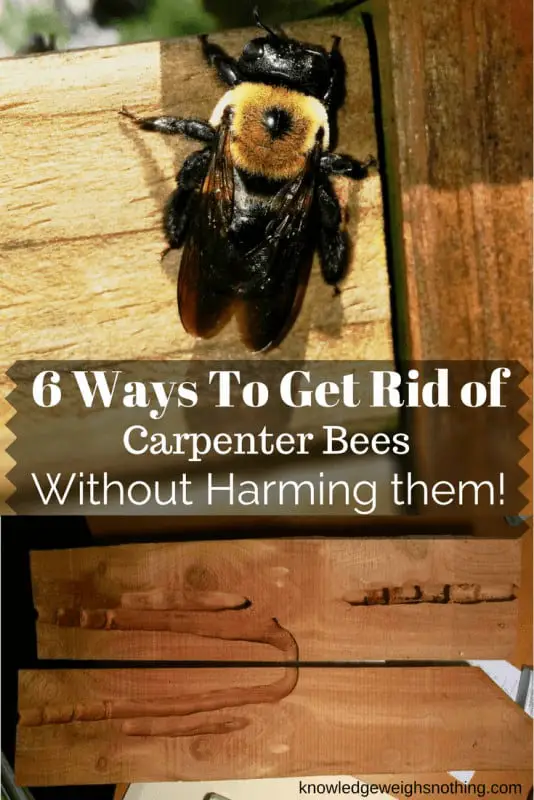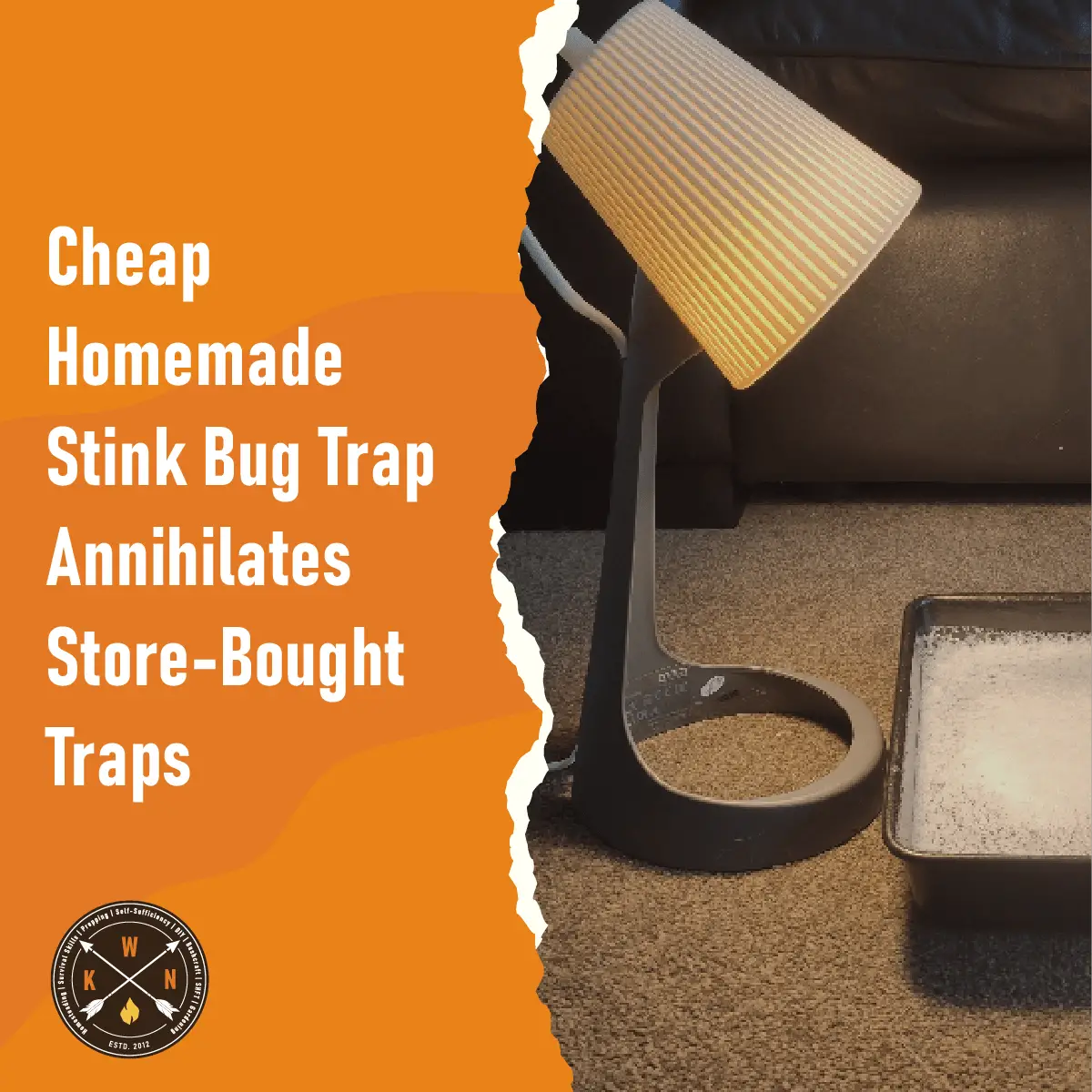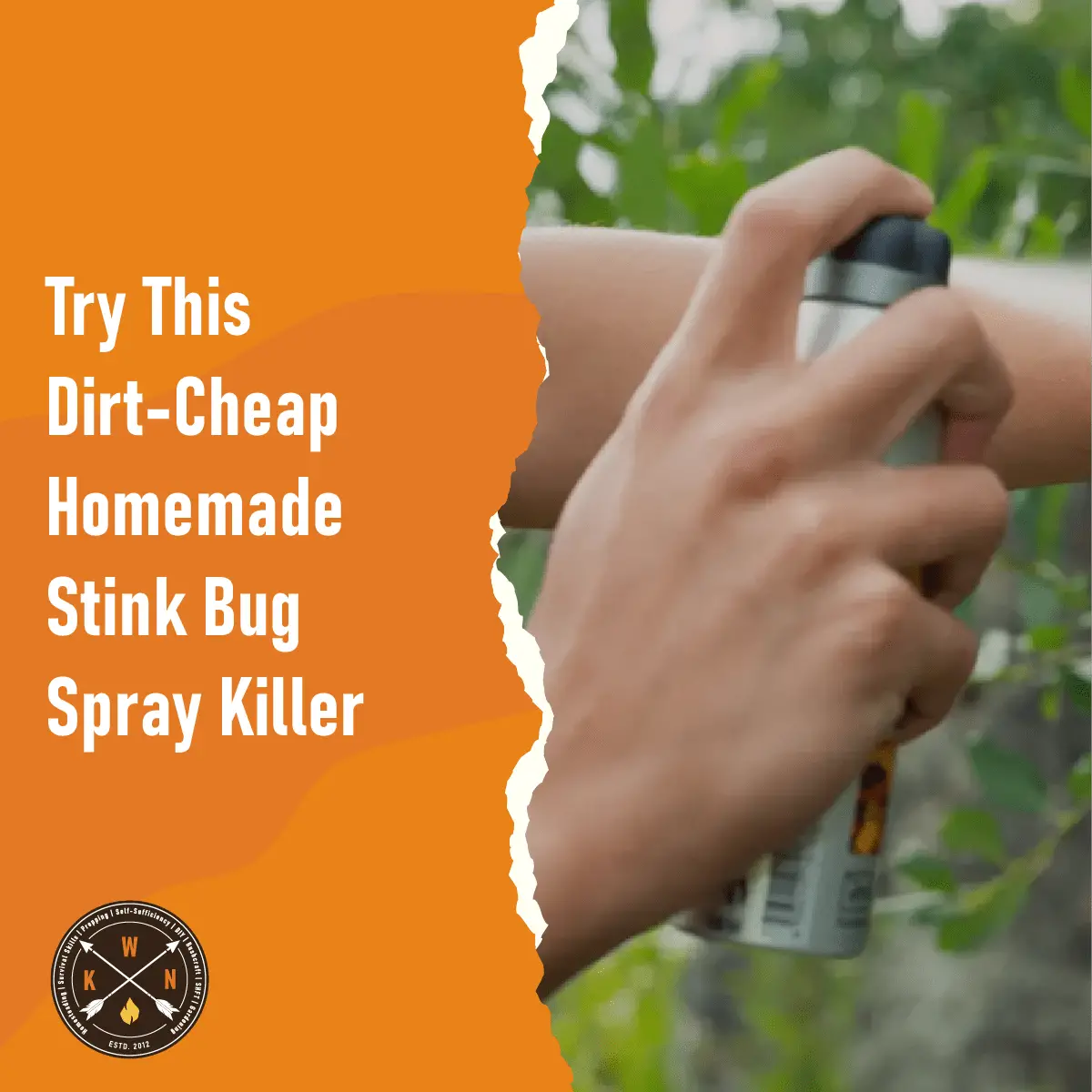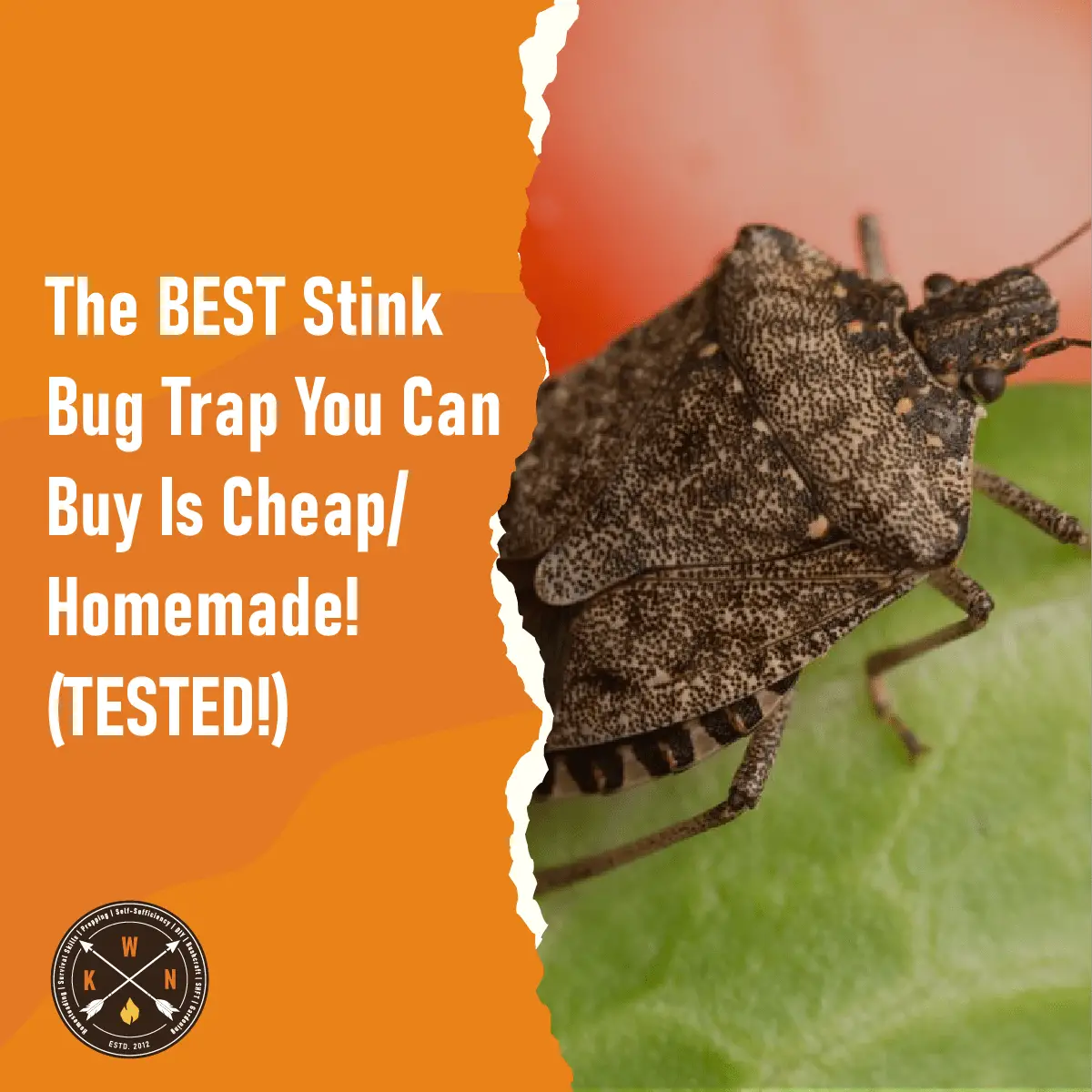
Before delving into how to get rid of carpenter bees without killing them, let’s take a few moments to further understand these troublesome, but vital insects. You will then have a better understanding of how best to get rid of carpenter bees from your home and property without harming them.
Carpenter bees are most commonly seen flying throughout your yard during the spring months. While it’s easy to confuse these bees with the bumblebees, they are quite different. A major difference between these two species is their colouration. Carpenter bees have a shiny black tail while bumblebees do not.
Their name is derived from their pesky habit of digging tunnels in wood. With their strong jaws, these wood-boring bees commonly find a home in the wood of porches, awnings or even in your wood siding. As these wood bees work their way into the wood, around entrance hole is usually found on a protected (or underside) of the wood. While raw wood is the preferred home for carpenter bees, painted or treated woods are not immune to persistent and pesky insects.
Table of Contents
ToggleThe Biology of Carpenter Bees
During the cold winter months, carpenter bees (wood bees) are rarely found. This is because during winter carpenter bees morph from larvae into adults. As the short days and harsh temperatures freeze the world around you, baby carpenter bees stay safe and warm in the wooden tunnels they’ve created. However, once winter gives way to spring, carpenter bees emerge from their nests. This typically occurs during April and May. Typically, it’s the males who appear first.
You can easily distinguish male and female carpenter bees by their appearance. Male carpenter bees generally feature a white-coloured spot on the front of their face. While these bees can be intimidating due to their size, they rarely pose a threat to humans. In fact, males don’t feature stingers. However, this doesn’t mean they’re not a pest. Male carpenter bees can be quite territorial. It’s not uncommon for these bees to harass other bees and humans should they venture too close to their territory.
Female carpenter bees do feature stingers. However, unlike other bees and wasps, female carpenter bees are not prone to stinging unless provoked. For example, if you were to hold her in your hand or if you repeatedly agitate her. Therefore, it’s important to note that carpenter bees are not a threat to you or your family. Unlike other flying creatures, which can pose a serious health risk to those allergic to their stings, carpenter bees are relatively harmless. Therefore, the primary reason why you should want to eliminate these creatures from your home is not that they’re harmful to you, but rather to your home and property buildings.
The Environmental Importance of Carpenter Bees
Before deciding on how to get rid of carpenter bees, please consider the environmental importance of bees.
Although it’s difficult to imagine carpenter bees hold a job outside of annoying you during a warm spring day, these insects hold an important job within the environment. Before you take harsh measures to eliminate these bees from your property, it’s vital to understand why they’re there in the first place.
Perhaps the greatest benefit of carpenter bees is their ability to pollinate. With a serious decline of bee pollinators due to pesticides, diseases and malnutrition, the carpenter bee population is absolutely necessary to ensure the health and vitality of countless plants that animals and humans rely on for life. Therefore, instead of using pesticides to kill carpenter bees, the most environmentally-friendly way to ward off these insects is through prevention methods. If you have an issue, please try to get rid of carpenter bees naturally without harming them, before reaching for pesticides and killing the bees.
The Type of Damage Caused by Carpenter Bees
Generally speaking, carpenter bees can’t cause detrimental harm to your home or property. While they can eat many holes throughout your porch, these tunnels typically don’t cause serious structural damage to wood. However, if there is a large number of carpenter bees allowed to tunnel through the same pieces of wood for years without being disturbed, then that’s a different story. In the most severe cases, a support beam could potentially collapse. Yet, it’s important to note that these are exceptions rather than the average.
When reviewing the wood of your home, there are several visual cues you should look for. Perhaps the most common visual sign of carpenter bees (outside of round holes) is a yellowish-brown stain located directly beneath the hole. As a carpenter bee enters the tunnel, they eliminate their wastes. Therefore, over time there can be a noticeable collection of this strangely coloured material.
Another common sign of carpenter bees is holes and damage to wood caused by Woodpeckers. These birds love to feast on carpenter bee larvae. Therefore, in their search for larvae, they can cause a significant amount of exterior damage. Should you see small holes around the exterior of wood, it’s safe to assume these are caused by Woodpeckers searching for bee larvae.
Perhaps the most damaging consequence of carpenter bees is an indirect result of their infestation. As tunnels caused by carpenter bees and holes caused by Woodpeckers attempting to eat bee larvae, moisture and water can make their way into the inner structure of wood. Over time, this moisture can result in fungus, mold and other detrimental effects. Generally, when the structural integrity of the wood is compromised, it’s not directly because of the tunnels, rather the weakening of wood caused by excess moisture, mold and fungus.
How To Get Rid Of Carpenter Bees Naturally Without Killing Them
Instead of reaching for a traditional can of pesticide, how about getting rid of carpenter bees naturally through more natural, bee-friendly means? While it may sometimes be necessary to kill a small number of carpenter bees, there are many ways of controlling carpenter bee populations throughout your property without using harmful or toxic compounds that can seriously damage the environment, pets and people.
Below you will find several preventative measures that help to get rid of carpenter bees without harming them. There are also some natural carpenter bee repelling sprays that you can try.
#1 How To Get Rid Of Carpenter Bees With A Vacuum Cleaner
This may seem strange, but it’s an effective method for getting rid of carpenter bees, as the bees hate vibration and loud noises. Simply take a vacuum cleaner and place it over the tunnel holes. The bees will often evacuate the hole and fly off. Whilst they are out, block their hole.
Should this not work, you can get the carpenter bees out by simply sucking them out (you can gently release them, but be sure to block their tunnel hole). With the smallest nozzle on your vacuum cleaner, place it directly over the tunnel holes. Simply turn it on and suck the bees out. It’s best to do this in the evening, which is when carpenter bees return to their nest for the night.
#2 Block Existing Carpenter Bee Tunnel Holes
Why not stop the bees from entering or exiting their home? This is an effective remedy used by millions.
Simply close up tunnel holes by pushing steel wool into the holes. Make sure that you use steel wool or another material in which the bees can’t dig through, such as putty or caulk. This can be an effective way to control a large carpenter bee infestation without the use of insecticides or other more invasive methods. Be sure that any bees are out of the hole before blocking up (see method 1!).
#3 Install Vinyl Siding To Protect Timber
While this is one of the most expensive options, it’s also one of the most effective. Carpenter bees don’t dig through the vinyl. Therefore, covering the exterior of your home with vinyl siding stops these boring bees from looking at your home as a home for themselves. Of course, this won’t help if you have a large wooden deck; however, if you find a lot of carpenter bees infiltrating the exterior of your home then vinyl siding may be your best choice.
#4 How To Repel Carpenter Bees With Citrus Oil Repellent Spray
There are certain scents that carpenter bees can’t stand. If you’re looking for an effective way to eliminate these insects from your home, but you wish to avoid using toxic chemicals, then a citrus spray is a great way to repel carpenter bees naturally.
To utilize this natural wood bee repellent spray, simply pour lemon, orange or lime essential oils into a spray bottle. Add 20 to 30 drops into 8 ounces of water. With the solution ready, spray the tunnel holes with a liberal amount. You’ll be surprised at how quickly this gets rid of the carpenter bees.
#5 How To Repel Carpenter Bees With Eucalyptus Oil Repellent Spray
Essential oils are some of the most powerful methods of natural pest control. Instead of actually killing the insects, these oils work to repel them away from wherever it’s applied. Eucalyptus oil has an incredibly strong scent, which carpenter bees dislike. In fact, many homeowners find that after applying this oil directly to their home carpenter bees disappear.
To create this natural carpenter bee repelling spray, pour 8 ounces of water into a spray bottle. Add 20 to 30 drops of pure Eucalyptus oil into the spray bottle. Close the lid and shake well. Liberally spray around the tunnel holes. For added protection, spray the solution along all wooden surfaces each day. While this takes a little time, it’s an environmentally friendly way to control carpenter bee populations.
#6 How To Repel Carpenter Bees With Tea Tree Oil Repellent Spray
As said above, essential oils are a major way to eliminate carpenter bees from your property. Much like Eucalyptus oil, tea tree oil features a strong scent that repels carpenter bees. Not only are these bees turned off by its scent, but many other insects flee upon its presence. Therefore, if you have a general insect problem, then you should consider utilizing tea tree oil throughout the interior and exterior of your home.
For maximum effectiveness, pour 1 tablespoon of pure tea tree oil into 8 ounces of water. Combine these ingredients in a spray bottle. Secure the lid and shake well. Spray a liberally around the carpenter bee tunnel holes. Due to the intense nature of tea tree oil, avoid contact on your skin as this solution is not incredibly diluted.
*** The Last Resort Method (As It Kills The Bees) ***
#7 How to Get Rid of Carpenter Bees with Diatomaceous Earth
Please only use this method if you have a serious carpenter bee infestation, and the previous bee-friendly methods haven’t been fully effective.
Diatomaceous Earth, also referred to as D.E., is perhaps one of the most effective natural ways to eliminate not only carpenter bees but also a wide array of insects (including bed bugs).
Made out of the fossilized remains of plankton, this substance works by attaching itself to the bodies of insects and literally drying them out from the inside out. Because this remedy actually kills the insect, it’s best to use if all other methods have failed to eliminate a carpenter bee infestation.
To utilize this remedy, wear a pair of latex gloves. With the D.E., pour it into the bee tunnel holes. Once you’ve filled the holes with the D.E., close the hole with putty. Repeat on all existing holes. This is an excellent remedy if you’re dealing with an overpopulation of carpenter bees. Because it only kills the bees within the tunnels, you won’t destroy the entire population. This is a great way to close up the tunnels to restrict non-trapped bees from wreaking more havoc on your home or porch.
Please only consider this a last resort method for getting rid of carpenter bees. Although diatomaceous earth is a natural product, it will get rid of the carpenter bees by killing them.
Some Additional Tips to Help Get Rid of Carpenter Bees
There are several essential tips you should follow to help reduce the likelihood of a greater infestation or to prevent future infestations. These include:
- Replacing damaged wood once all the bees have disappeared.
- Maintain all wooden fixtures with paint or sealants. This is especially important in vulnerable areas of your home or property.
- Regularly review exposed wood for new holes. Whenever a new hole is spotted, block them as quickly as possible to prevent the bees from populating and causing further damage.
- Avoid using pesticides. While this may be the easiest way to eliminate a carpenter bee colony, it can be disastrous to the environment and other essential insects.
Summary
Hopefully, I have demonstrated that you can effectively get rid of carpenter bees naturally without harming them? If that’s the case, great, this post has done its job. If you are still not convinced, I’d urge you to at least consider trying some of the natural carpenter bee repellents and methods mentioned here, as with a little effort it is possible to prevent damage and get rid of these wood-boring bees without killing them and spraying pesticides everywhere.





